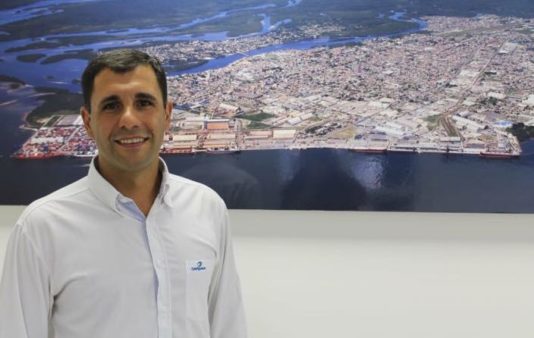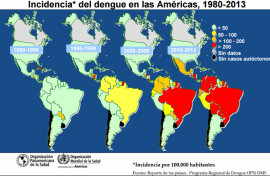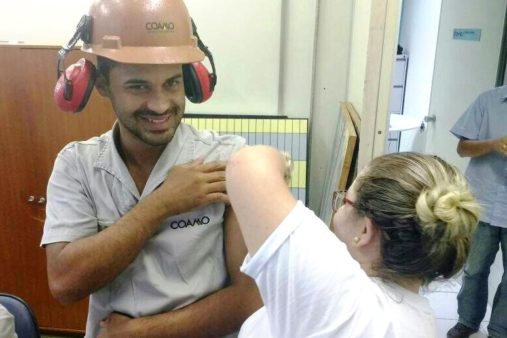
Happy new year? Not for Rodrigo Buffarah Coelho, a 38-year old port terminal manager from Paranaguá in the Brazilian state of Paraná. His encounter with a mosquito at a New Year’s Eve party made him another high-profile victim of dengue in Paranaguá, a city hitting back hard against repeated outbreaks.
New Year’s Eve was supposed to be a regular party for Rodrigo Buffarah Coelho. But, unfortunately for him, an evening of celebration turned into a nightmare after an encounter with Aedes aegypti. “I’m pretty sure the mosquito bit me during New Year’s Eve. We were at a party at a house which neighbors a wasteland.”
He emphasizes his concern about the state of dengue in Paranaguá: even before that episode: “At my house, we’ve always taken care with trash, avoided standing water and taken all the other routine precautions against dengue fever,” he says. “That’s why I suspect that I wasn’t bitten at home.”
Rodrigo remembers exactly the day he started feeling unwell. “It was January 5th, 2016. My suffering started then. That afternoon I started to feel weak and unwell. When I got home, everything began getting even worse – very fast. I had a terrible headache and the weird ‘back of the eye pain’, which the media were talking about. That’s when I started to suspect it could be dengue.” As he didn’t get any better the next day, he sought medical help, but things weren’t easy in his town.

image via PAHO
“Paranaguá was witnessing an epidemic at that time, so the hospitals were all crowded. I wasn’t admitted to any hospital, and as it was confirmed I got the dengue fever, the doctors asked me for a lot of exams. They verified that my platelet levels were decreasing, and that was worrisome.” Rodrigo was told by the doctors to rest, take acetaminophen and take plenty of fluids, including yam juice. “I was dehydrated, but it was very hard to ingest anything during the first five days, so I had to go to the hospital twice to take saline serum.”
He only recovered and was able to go back to work two weeks later. Rodrigo became an important character in the fight against dengue fever in Paranaguá. “Because I hold a leadership position at the port company, and being a young and healthy person, people around me were really struck by the fact that I became so very ill,” he recalls. “Sometimes people think diseases like dengue are only present in socially-disadvantaged communities. When people saw someone like me could catch dengue, it caught everyone’s attention.”
After the episode, Rodrigo decided to stand up and fight against the repeated dengue outbreaks in his city. From August 2015 to July 2016, Paranaguá registered a total of 15,779 cases. From August 2016 to July 2017, the city registered only 35 cases. From August 2017 to November 2017, no cases were reported.
“This drastic drop was no accident. The work of the public authorities along with private companies and the population was something I’ve never seen before. The campaigns promoted by Paraná’s Health Department were massively obeyed by people,” says Rodrigo.
Read why storms and earthquakes boost mosquito populations and risks of dengue
In the port authority where he works, staff spent an entire day cleaning everything and taking action to reduce the opportunity for mosquitoes to breed. “We also had the visit of the health authorities to give shots to our employees at the three stages of the vaccine”.
He says about 90% of the 330 employees got the vaccine, and they also helped to raise the awareness of their family and friends about the importance of avoiding dengue.
“I’m pretty sure after this epidemic, and all the efforts that everyone made to almost eliminate dengue in Paranaguá, people will develop a new culture of taking the appropriate care to keep this numbers down and avoid a new wave of epidemics,” says Rodrigo, a committed anti-dengue ambassador.







